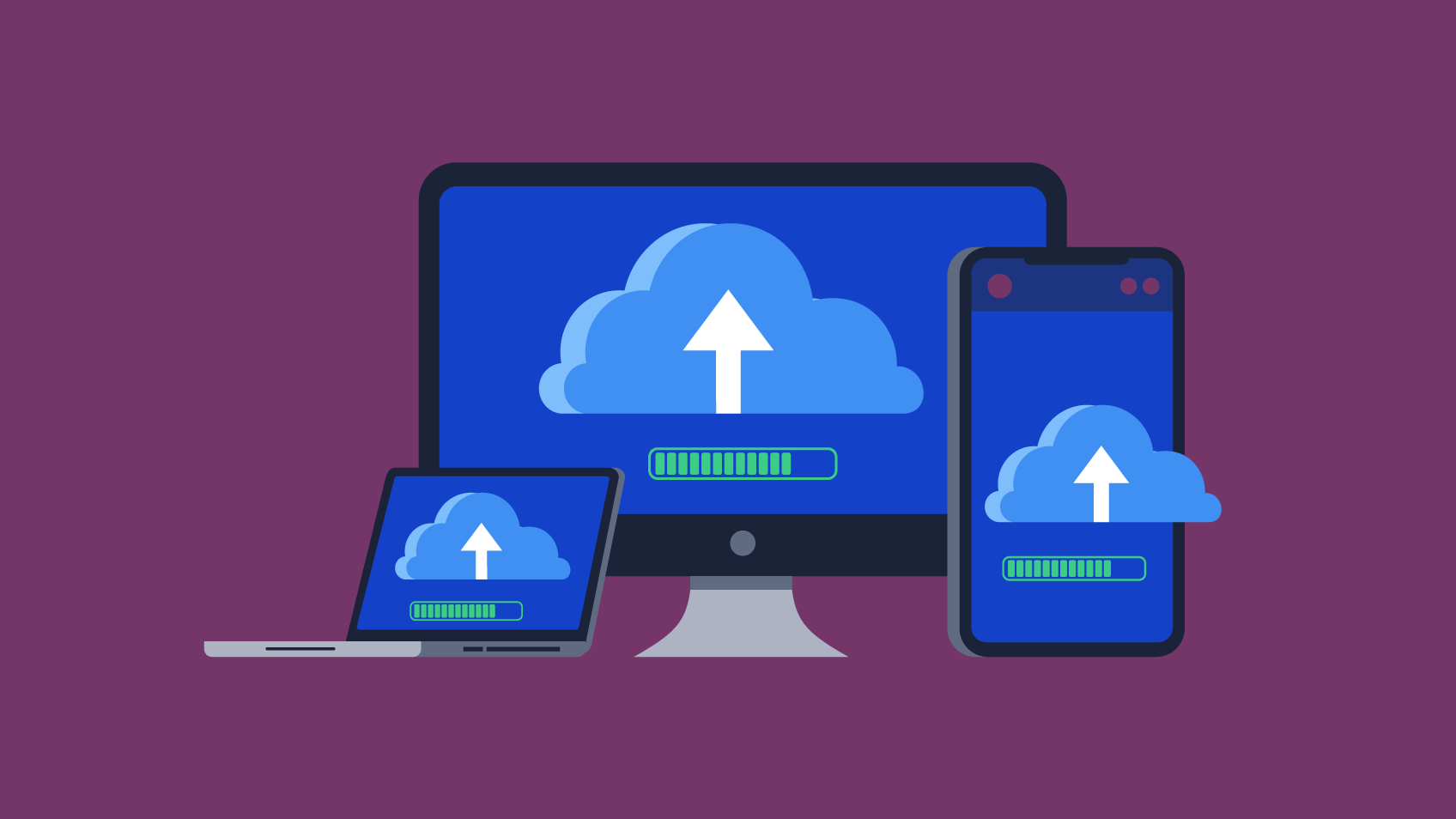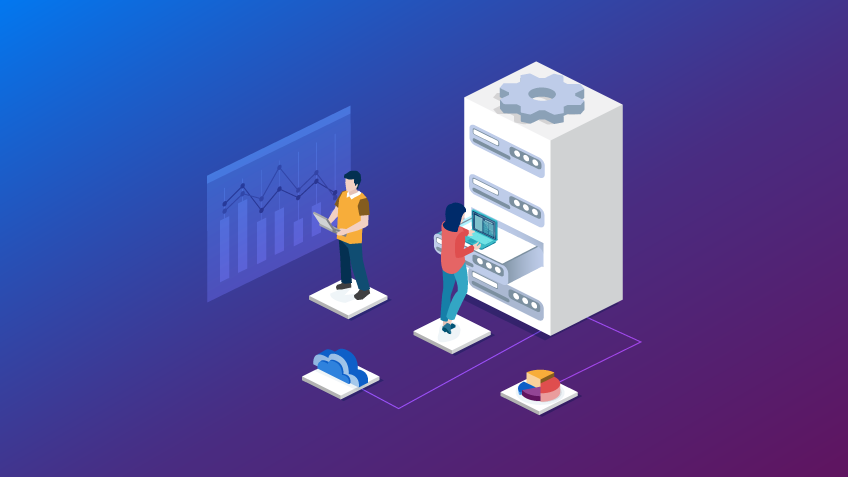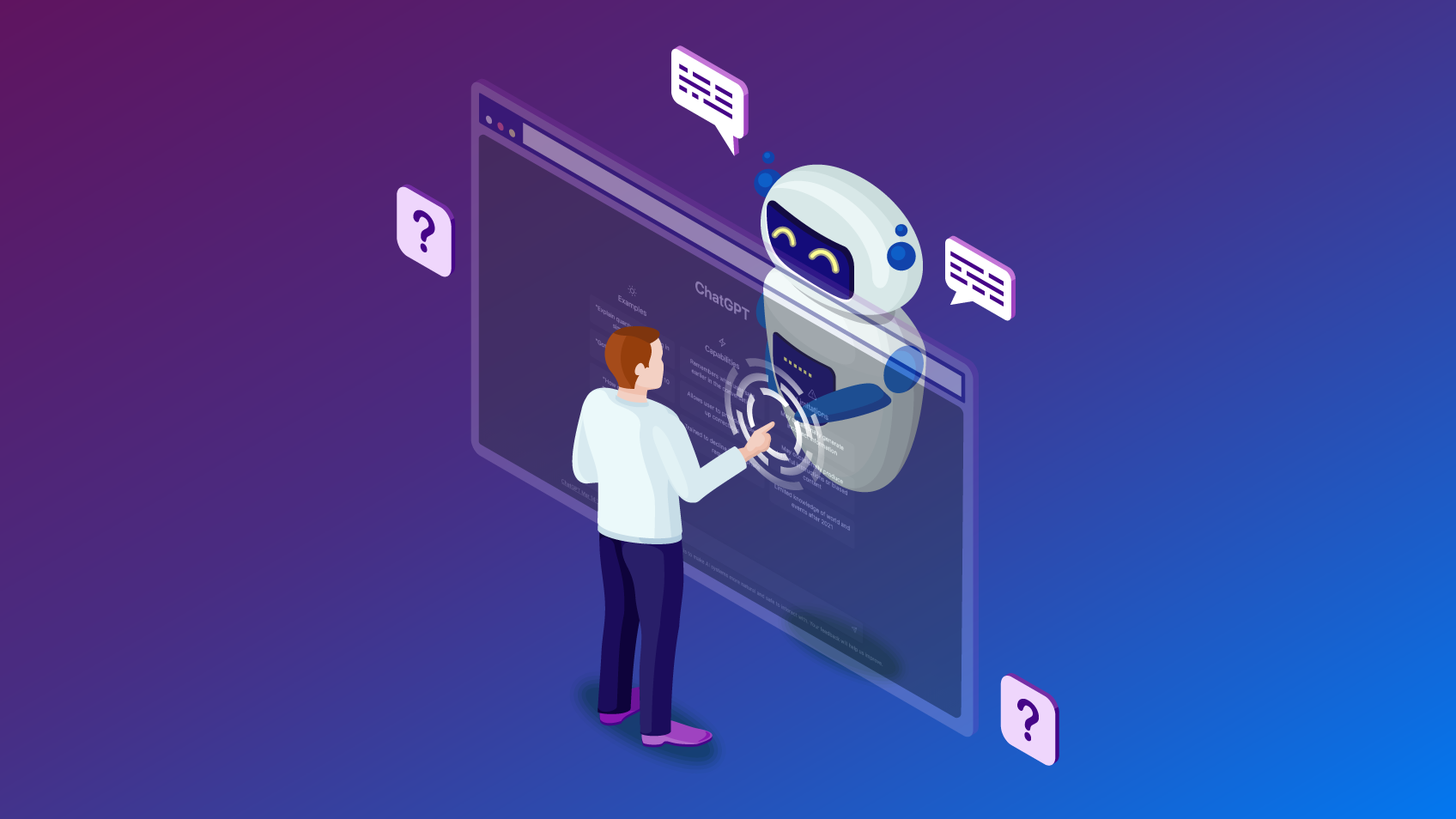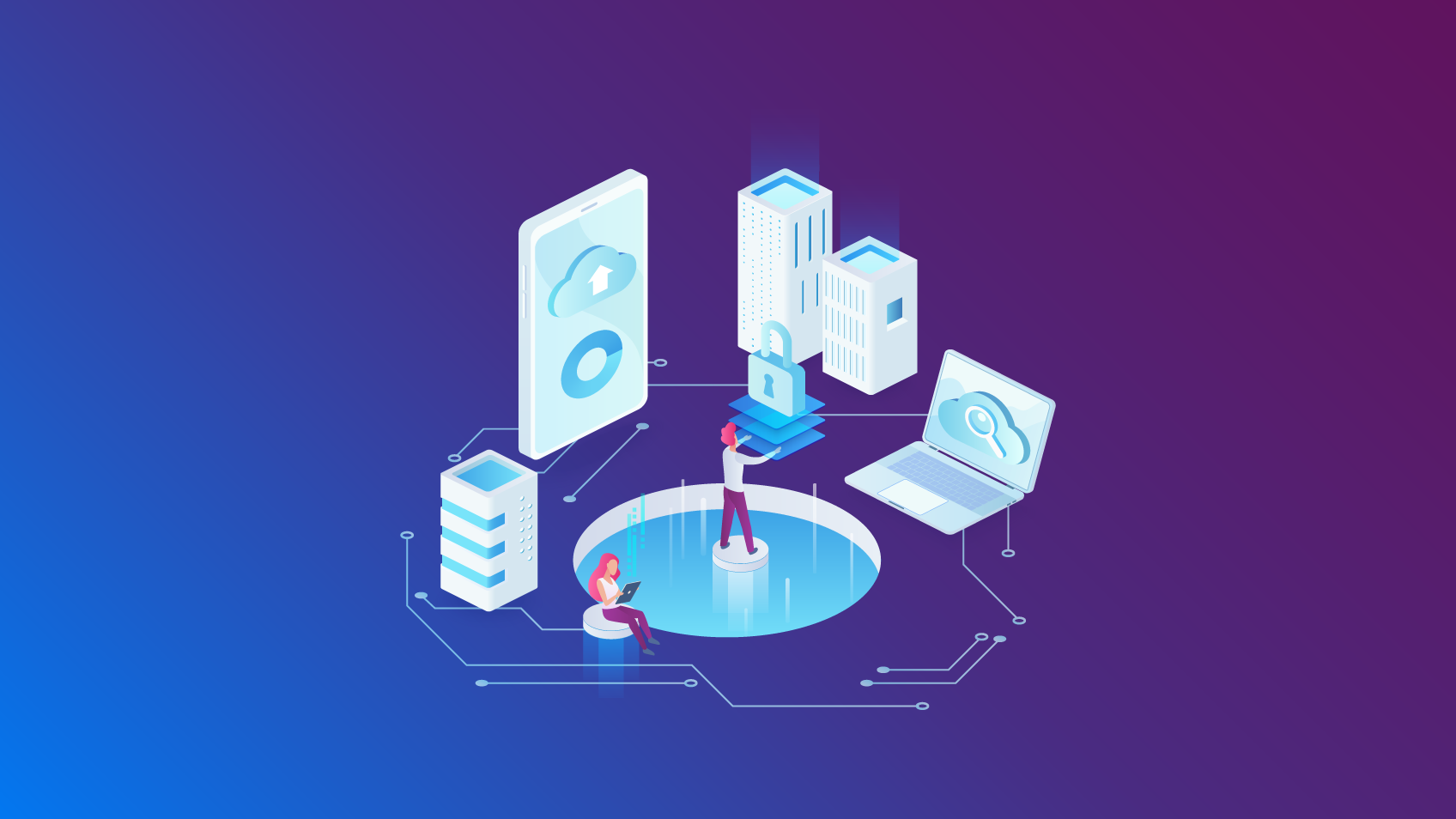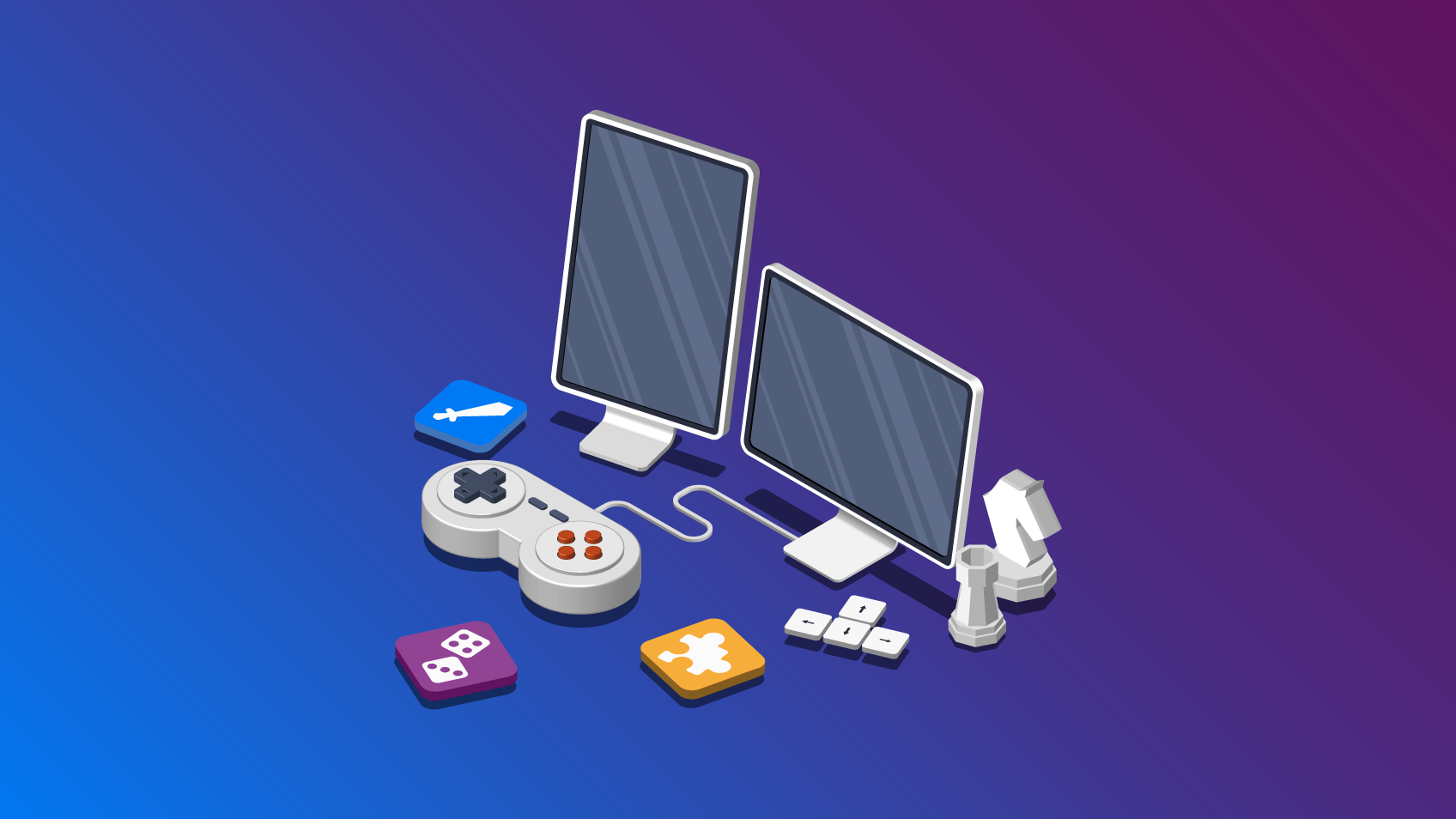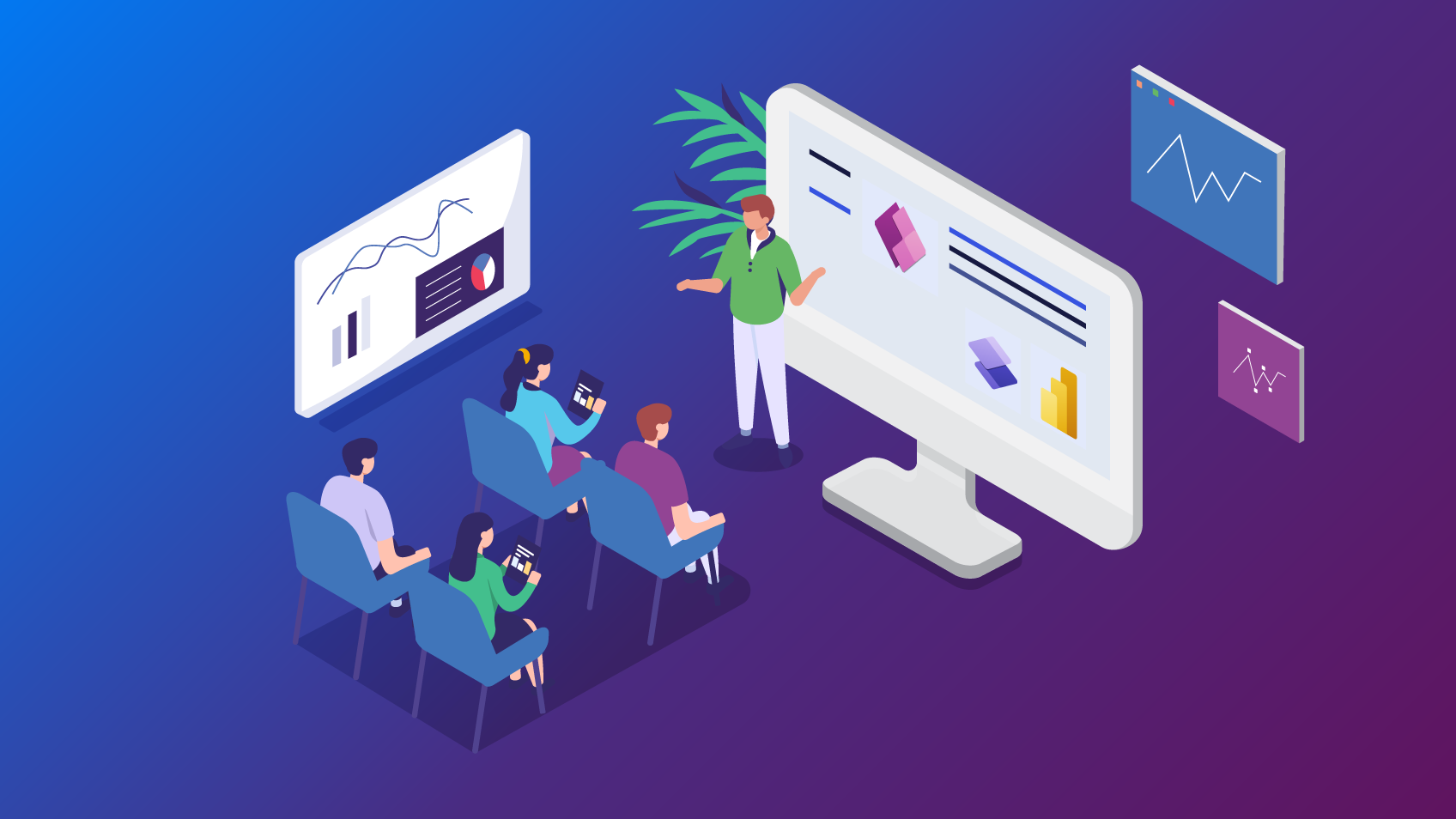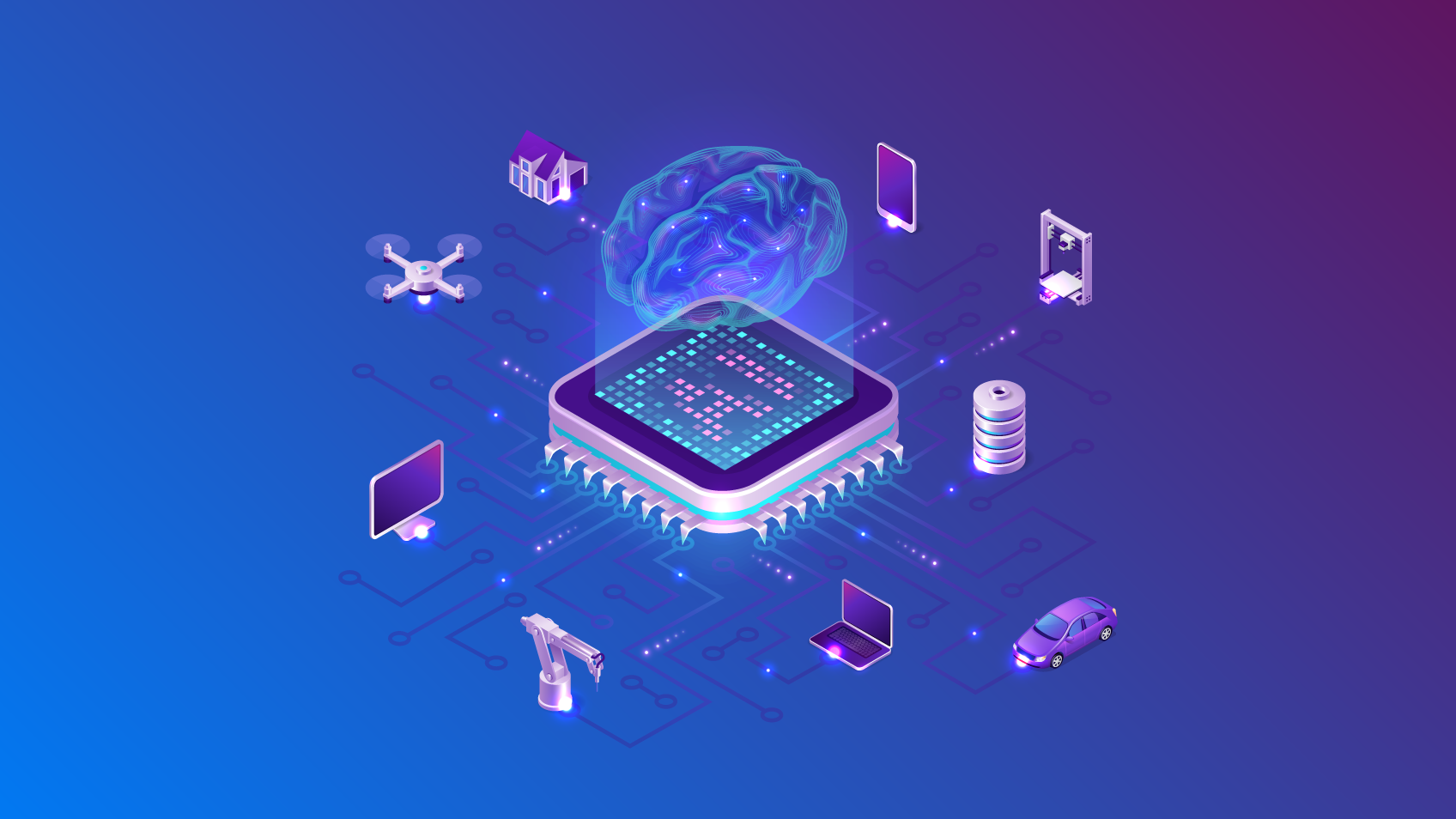5 SECOND-SUMMARY:
- We believe that modernisation using Microsoft’s cloud, Azure, is essential for your business to reach new efficiency, scalability and innovation levels.
- In this article, we highlight the three key trends in cloud adoption that will be at the heart of application modernisation and business growth through the cloud.
At Xpand IT, we consider technology to be a critical factor enabling businesses to face uncertain times with success. In the current scenario, which is characterised by challenges such as desynchronisation between countries, financial issues and geopolitical conflicts, the world is also facing the after-effects of the pandemic and a breakdown in distribution chains, leading to rising inflation.
We have already discussed the main benefits of application modernisation with Azure. In the current climate, application modernisation with Azure is emerging as a key strategy for improving the resilience and competitiveness of organisations.
According to Gartner, worldwide end-user spending on public cloud services is expected to grow by 20.7% in 2023 to reach $591.8 billion, up from $490.3 billion in 2022. This growth in spending is attributed to inflationary pressures and current macroeconomic conditions. Sid Nag, Vice President Analyst at Gartner, emphasises that the cloud is a “bastion of security and innovation”, supporting growth in uncertain times due to its agile, flexible, scalable nature.
In fact, migrating workflows to the cloud offers organisations greater flexibility, allowing them to align IT investments with business needs and benefit from the economies of scale provided by the cloud. Adopting modern infrastructure and cloud capabilities also frees up IT staff to focus on the workflows and applications most relevant to their customers. This strategic approach helps organisations overcome challenges in uncertain times and drive innovation more efficiently.
As the economic landscape continues to evolve, we highlight the three key trends in cloud adoption that will be at the heart of application modernisation and business growth through the cloud going forward.
1. Optimising Cloud Spend
Flexera’s “State of the Cloud 2023 report” highlights that this year, for the first time, managing cloud spend has overtaken security as the top challenge facing businesses. This challenge highlights the fact that for the seventh year in a row, optimising cloud usage has been the top trend for businesses. The same report found that 72% of organisations already have a team dedicated to FinOps – the practice of managing finance in the cloud – while 14% plan to create one in the next 12 months.
Microsoft highlights eight resources that enable organisations to implement cost optimisation best practices in the cloud at their core.
2. Zero Trust Policies
Zero Trust is not a system, but a set of rules and guidelines for securing a corporate network. The concept is based on distrust of everything and everyone inside and outside the network perimeter.
By 2021, 54 per cent of respondents to Fortinet’s “Global Zero Trust” report said they were implementing Zero Trust strategies, rising to 66 per cent by 2023. Organisations are recognising that this strategy can make their business more resilient to cyberattacks.
As organisations integrate remote working and embrace the cloud as part of their digital transformation, they need to implement security strategies to manage access. Implementing Zero Trust in cloud policies is a security approach that aims to improve the protection of your infrastructure resources and data, regardless of where it is stored or processed.
Zero Trust in cloud principles provides a solid foundation for establishing and continuously improving security, while maintaining the flexibility needed to keep pace with the demands of the digital world. While network technology and the perimeter approach to security are still present in this type of model, access control takes centre stage, with identity as the primary control and network security as the key element.
Microsoft recommends the adoption of the Zero Trust security model, guided by the following principles:
1. Explicit verification: Authentication and authorisation based on all available information.
2. Minimal access: Restrict access with Just-In-Time and Just-Enough-Access, integrated policies and data protection.
3. Breach assumption: Mitigate the impact with segmentation, encryption and data analytics.
3. Artificial Intelligence & Machine Learning
In today’s digital landscape, integrating Artificial Intelligence (AI) and Machine Learning (ML) technologies with cloud operations has revolutionised how organisations manage their infrastructures. The powerful synergy between AI, Machine Learning and cloud operations has opened up new horizons of efficiency, performance and innovation. As organisations increasingly rely on cloud computing to meet their growing infrastructure needs, leveraging AI and ML in cloud operations has become essential to optimise resource management, improve security, enable intelligent automation, facilitate predictive analytics, optimise cost efficiency and drive innovation.
By harnessing the power of these technologies, organisations can unlock new levels of efficiency, performance and innovation, enabling them to stay at the forefront of the digital age.
Economic uncertainty should not slow down your business innovation!
The world has recently faced unprecedented challenges. In times like these, it is important to use all the valuable resources available to face adversity and drive business success. Now you know more about the three key trends in cloud adoption (optimising cloud spending, Zero Trust policies, and machine learning and AI), reach us so we can help you.
At Xpand IT, we believe that modernisation using Microsoft’s cloud, Azure, is essential for your business to reach new levels of efficiency, scalability and innovation. Contact us and discover all the potential it has to offer. We are ready to support you on this journey, using the latest best practices and services from Microsoft Azure.

